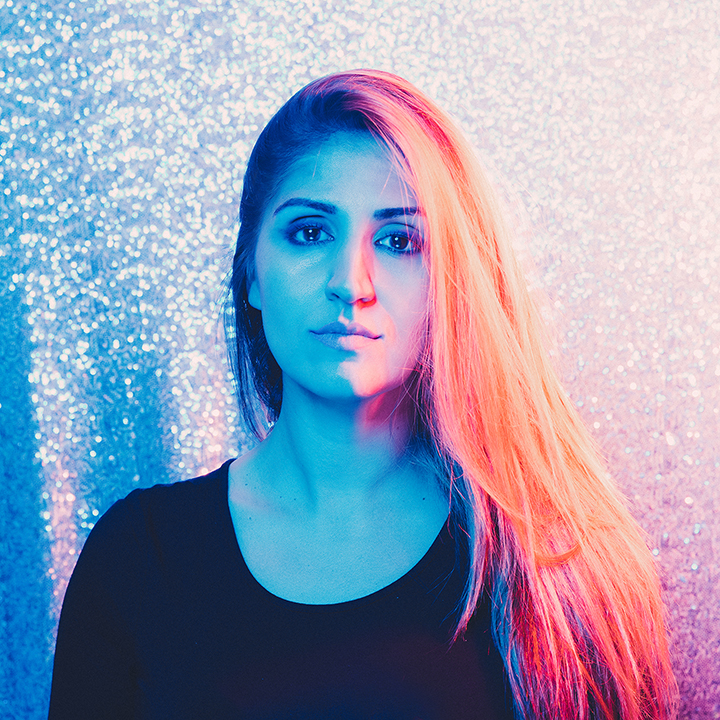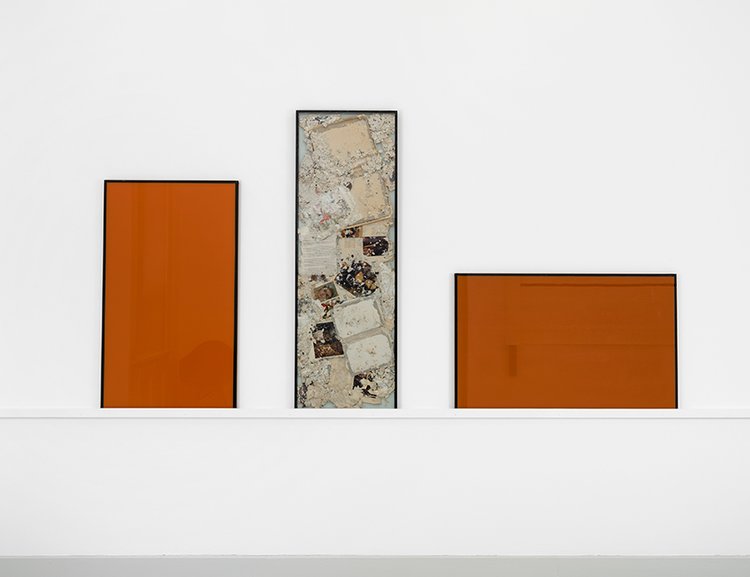
Could you tell us more about your background in art and your biggest projects in Almaty and abroad?
I studied art and design in Paris always have been surfing through different creatives fields, interior design, punishing, product design. I was interested in so many things, creative expression, art and culture in general. Back to what I have been doing all along these years from Venice Biennale to opening of a gallery, creating a contemporary art festival and art residency, there was always this desire was to build something, to make something that no one does, something that doesn’t exist in how I imagined it could be.
There were many challenges in my way. I guess the most difficult project for me was EXPO 2017 where we produced 20 sculptures for the National Pavilion of Kazakhstan. Astana art show in partnership with Jerome Sans was also as big as creating a biennale, the whole city was involved and artists from all over the world came to our capital. I was lucky to present the artworks of maestros of contemporary art such as Michelangelo Pistoletto and Carloz Cruz-Diaz. It was extraordinary.
When and how did you decide to create the art residency? Do you feel a high need for a space like that in Almaty?
It was last year when I moved to Almaty. Many artists suffer from lacking space – space to work, to exhibit, to sell their works so, yes, I think the most important thing is space, even if it is close to this abandoned prison. The building of the actual ALA art residency was built in 1954 by Japanese prisoners as part of the prison which was there at the Tsarist times. This whole complex is just in the middle of the city and I think that only the power of art can give this area a second life. There is a need not only for artists but all the city.
What artists are on show now? How was the exhibition curated?
For the last 6 months we have been gradually renovating the building but the artists wished to contribute somehow at its beginnings so they helped a lot in giving a life to the space. After all it is a space made for artists and by artists with no external support. The exhibition that you could see is the result of their work in the existing building. Some artists used the materials they found around – fabrics, wood, furniture.. for this first show there is no particular theme but a large choice of artworks that were created in the space.
How did the local art community accept it?
The reaction was very positive, at the opening it really felt that for many people it was a kind of a fresh air of something exciting and innovative, a new playground for interaction of public with artists.

What international art residencies have you taken inspiration from and how is ALA different?
To be honest I didn’t really look at other examples of art residencies on purpose with this intention that ALA must be born in a very natural environment with local artists. It has already a special location and historical context. The only art residency that I have visited recently was Tashkeel which is amazing art institution. I pretty like their broad vision on art, design and fashion.
What about the people? Who is the main team behind ALA?
It’s the same team with whom we are making all the projects in Nur-Sultan and internationally. They are from different backgrounds, but of course all are into art. Baurzhan Sagiyev – art director and designer, graduated from Central Saint Martins with distinction and then worked in several big fashion houses (Alexander McQueen, Chanel) , Madina Sergazina – historian, alumna of Sorbonne University.

What kind of events and workshops are you planning to host?
We would like to have several studios, allowing the residents and public to collaborate, share the ideas and knowledge. Sustainable fashion, photo/production, 3D lab, sound lab, cyanotype, screen printing and ceramics. Also there will certainly be a series of lectures on local art history, culture and the way it evolves through the years.
What kind of art and artists do you focus on?
We focus mostly on contemporary Kazakhstani artists, both upcoming and established ones, as for us that is the main mission: Give them access to all the technologies, instruments, skills, thus to help broaden their artistic practice and promote them on the international level. But of course we are eager to have foreign artists too, this will create a special field of interaction, mutual enrichment in ALA.
You mention collaboration with other countries. How can international artists or art curators get involved?
They can participate in open calls that we’ll launch soon. In addition, we are in touch with embassies, non-profit organizations (UN, Soros etc.), so we are looking forward to receiving some proposals of co-granting and searching for new talents together.
How exactly do you plan to contribute to the creative economy on the city m/country level?
We would like our technological and research base to be as complete and advanced as possible, so we get to the general development of the local art scene via improving the quality of works, skills of artists and designers. Our vast network of art professionals all around the world will contribute to strengthening international relations in the sphere of culture, to exchange the experience.
What are your plans for 2021?
We are almost in the middle of the year, this fall we are going to run a number of thematic programs for the new set of artists with a collective exhibition at the end of each course. We are sure that in the process some unexpected opportunities for expanding activities will show up. As a team and a gallery we are also looking forward in participating in international art fairs and realizing few collaborations with brands in the Middle East.

You can follow Dina Baitassova on Instagram: @dinabaitassova and ALA Art Residency: @alaartresidency




